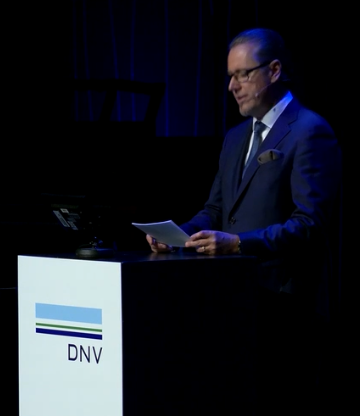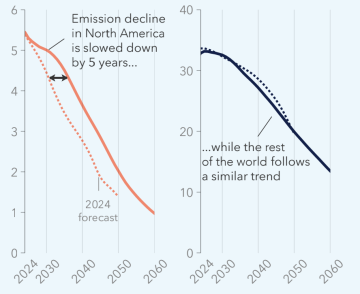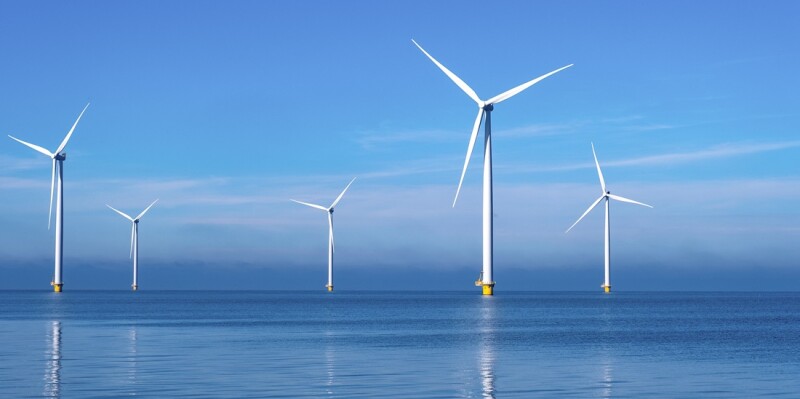A focus on energy security is aiding the energy transition, not preventing it, and recent policy changes in the US have only marginally affected the transition’s pace, according to DNV.
Even so, the expectation is that the world doesn’t achieve net zero emissions until after 2090, according to DNV’s Energy Transition Outlook 2025.
The outlook, which for the first time models through to 2060 rather than 2050, found that energy security priorities slightly favor renewables.
“Fossil fuel importers—principally China, Europe, and India—are turning to renewables to wean their energy systems off dependency of such imports,” Remi Eriksen, DNV group president and CEO, said during an 8 October webcast launching the outlook.
On the other hand, he noted, energy security plans in North America and the Middle East revolve around fossil fuels, a stance reversal in the US reflected by recent policy changes that reversed support for renewables in favor of fossil fuels.

“The speed of the transition is only marginally impacted by recent policy reversals in the US,” he said. “What is significantly impacted is the US itself, where emission goals are set back 5 years relative to last year’s forecast, and where, in the short term, an electricity deficit is a significant risk. The US is only 15% of global primary energy, and what happens there does ripple outwards, but those ripples diminish over time.”

One of the megatrends in this year’s outlook is that the energy transition is essentially an electrification story, Eriksen said. Globally, there are now more than 50 million electric vehicles (EVs) on the roads, with more than 60% of those in China, 21% in Europe, and 13% in the US.
And, while the expectation is that artificial intelligence (AI) data centers will have a major energy appetite, DNV estimates they likely are going to claim only 3% of global energy demand by 2040.
“That is like adding another Germany to the world’s electricity load, and that load is not evenly distributed,” he said. “In the US, for example, AI could be up to 12% of electricity demand by 2040, which is challenging in itself, but, in total, AI consumption will be less than, say, cooling for buildings or less than EV charging by 2040.”
DNV said it expects that, by 2040, 65% of electricity will be supplied by renewables and that, by 2060, it will be almost entirely from nonfossil-fuel sources.
Net Zero After 2090
“The bad news concerns the expensive end of decarbonization, which is the hard-to-decarbonize sectors like shipping, aviation, heavy road transport, and high heat manufacturing. This is where we see the economic slowdown,” Eriksen said.
Additionally, he said, hydrogen and its derivatives are a smaller component of the expected energy mix in 2050 under the current forecast than in years past, given hydrogen isn’t expected to begin scaling until after 2040.
“We find that net zero emissions is only achieved a little after 2090. The accumulation of emissions until then takes us well beyond 2°C of global warming,” he said.
Even with this forecast, he said, there are some glimmers of hope, such as steps toward decarbonizing the maritime sector and efficiencies in electrifying global energy systems.
“Over the years, DNV has consistently found that energy expenditures are set to become progressively smaller portions of GDP (gross domestic product) as we progress through the transition, and that is because of the vast efficiencies enabled by electrification,” Eriksen said.


